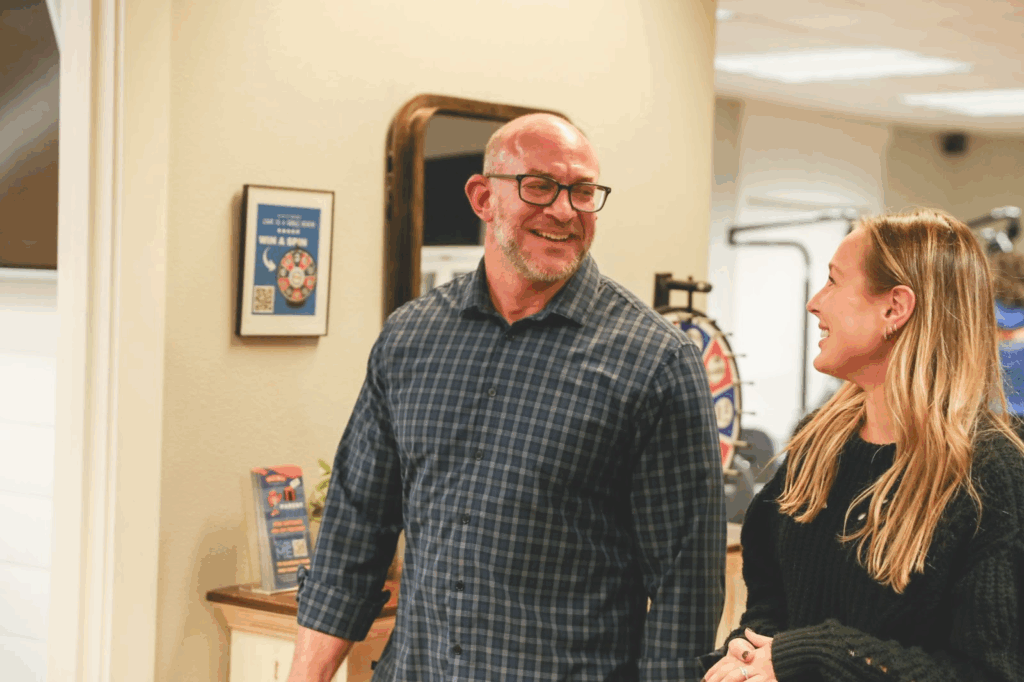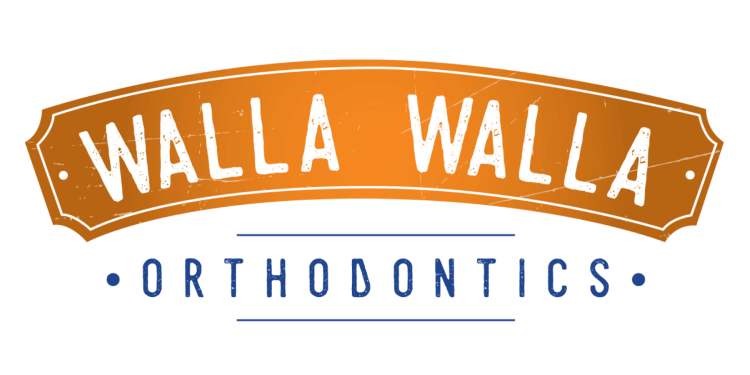Orthodontics is moving from molds and wires to scans and 3D printers, creating a fascinating balance between tradition and technology. Christopher Orthodontics brings that balance to life across Ellensburg, Yakima, Walla Walla, and La Grande. Dr. Christopher provides expertise and innovation to all patients, while Dr. Farjo in Walla Walla and Dr. Tilley in both La Grande and Walla Walla add a local touch that patients appreciate. Next, let’s take a closer look at how orthodontic care was built through traditional techniques and why those methods still hold value.
Traditional Orthodontic Techniques
For decades, orthodontics relied on a careful blend of impressions, wires, and steady adjustments. Patients would bite into trays of putty to create plaster molds, while orthodontists shaped brackets and wires by hand to move teeth into place. These methods are reliable and familiar, and many people in Ellensburg, Yakima, Walla Walla, and La Grande can recall friends or family members who went through treatment this way.
Traditional techniques continue to be a trusted option, but they often involve longer appointments, more visits for adjustments, and less customization for each patient. They laid the foundation for the smiles we see today, but technology has introduced new tools that can change the process entirely.
Next, let’s explore how 3D printing is reshaping orthodontics and opening up exciting possibilities for patients.
The Rise of 3D Printing in Orthodontics
Christopher Orthodontics offers LightForce clear braces, 3D-printed ceramic brackets designed to match the exact shape and orientation of each tooth. Instead of using old-school impressions, digital scans are taken and translated into a model that guides the printer. The result is a custom set of brackets that fit more snugly than stock designs, giving patients a more tailored experience from the start.
Here’s what makes 3D-printed braces stand out:
- Precision fit — Bracket bases are crafted to match each tooth’s surface.
- Comfortable design — Smoother edges and smaller profiles compared to bulkier traditional brackets.
- Discreet look — Tooth-colored ceramic blends in more naturally than metal.
- Fewer visits — Better fit often means fewer in-office adjustments.
- Efficiency — Treatment time can be reduced compared to conventional braces.
This blend of accuracy and convenience is available to patients across all three practices serving Ellensburg, Yakima, Walla Walla, and La Grande. Next, let’s compare how 3D printing stacks up against traditional methods when it comes to accuracy and fit.
Comparing Accuracy and Fit
One of the clearest differences between traditional methods and modern 3D printing lies in how brackets fit on each tooth. Accuracy at the start often determines how smoothly treatment progresses over time.
Traditional Braces
Conventional braces rely on stock brackets and wires that orthodontists adjust by hand. While this system is dependable, it can mean extra visits for refinements as teeth shift and adjustments are needed to stay on track.
LightForce Braces
With LightForce technology, Dr. Christopher, Dr. Farjo, and Dr. Tilley use 3D printing to design brackets that match the surface of each tooth. A closer fit means brackets sit where they should from the beginning, which often reduces the number of refinements later on. Patients also notice the smaller, smoother bracket design compared to bulkier metal versions.
That difference in accuracy helps treatment move forward with less interruption. Next, let’s look at how these approaches change the amount of time spent in the chair.
Time in the Chair
Appointments look very different now than they did in the past. Traditional orthodontics once relied on messy impression trays and longer adjustments, but Dr. Christopher, Dr. Farjo, and Dr. Tilley use digital tools that streamline the experience across all three practices.
Traditional Braces
- Still use brackets and wires that require hands-on adjustments.
- Appointments may take longer since progress depends on regular fine-tuning.
- Effective and reliable, but less advanced than newer options.
LightForce Braces
- Digital scans capture teeth quickly and comfortably, with no need for impressions.
- 3D-printed brackets are designed for each tooth, reducing in-chair adjustments.
- Follow-up visits are often shorter because less manual tweaking is required.
This shift in technology means orthodontic visits feel more efficient for patients in Ellensburg, Yakima, Walla Walla, and La Grande. Next, let’s look at how appearance plays a role in choosing between traditional and 3D-printed options.
Blending In or Standing Out
For many patients, the way braces look is just as important as how they work. Traditional braces are reliable, but their stainless steel brackets are the most noticeable choice. While ceramic brackets have offered a more discreet alternative for years, they can still feel bulkier compared to newer designs.
LightForce braces are 3D-printed from tooth-colored ceramic that blends more naturally into a smile. The smaller, smoother design makes them less distracting in photos, presentations, or casual conversations. These subtle differences in appearance often influence patients’ decisions.
Next, let’s explore how cost plays into choosing between traditional methods and 3D printing.
Cost & Payment Options
Price can play a role in choosing between traditional braces and 3D-printed LightForce braces. Traditional braces often come with a lower upfront cost, while LightForce can be more of an investment because of the custom technology behind each bracket. Many families find the added convenience, shorter visits, and advanced design worth the difference.
To make either option accessible, Christopher Orthodontics, Walla Walla Orthodontics, and La Grande Orthodontics offer:
- Interest-free financing with manageable monthly payments
- Insurance support to confirm benefits and file claims
- Flexible plans for those without full coverage
- Clear cost estimates before treatment begins
Dr. Christopher, Dr. Farjo, and Dr. Tilley include financial conversations as part of every free consultation, so families know what to expect from the start. With these options, cost doesn’t have to keep you from the treatment that fits your life.

Innovation Close to Home
Orthodontics has never been more exciting or accessible with custom 3D-printed braces. Christopher Orthodontics combines trusted care with modern tools, making treatment feel approachable in Ellensburg, Yakima, Walla Walla, and La Grande. With Dr. Christopher, Dr. Farjo, and Dr. Tilley leading the way, every patient has access to expertise that fits their lifestyle. Schedule your free consultation today and take the next step toward treatment that feels made for you!
 Free Consult
Free Consult